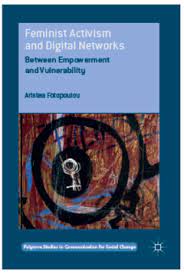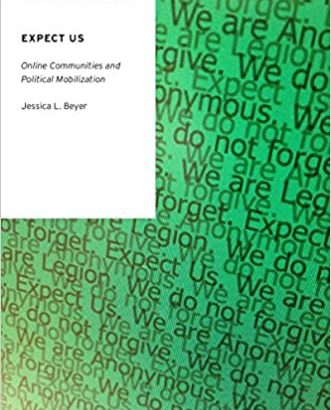The Shift from Physical Communities to Digital Networks
Scholars & Thought Leaders
Wendy Hui Kyong Chun
Her theoretical and critical approach to digital media draws from her training in both Systems Design Engineering and English Literature. She is the author of a trilogy that includes Updating to Remain the Same: Habitual New Media (MIT Press, 2016), Programmed Visions: Software and Memory (MIT Press, 2011), and Control and Freedom: Power and Paranoia in the Age of Fiber Optics (MIT Press, 2006). Her research spans the fields of digital media, new media, software studies, comparative media studies, critical race studies, and critical theory.

Hernán Galperin
Hernan Galperin is an internationally recognized expert on Internet policy and digital inequality. His research uses surveys, field experiments and other quantitative methods to understand the determinants of broadband adoption and use, and how these are linked to the mechanisms of social stratification and gender discrimination.
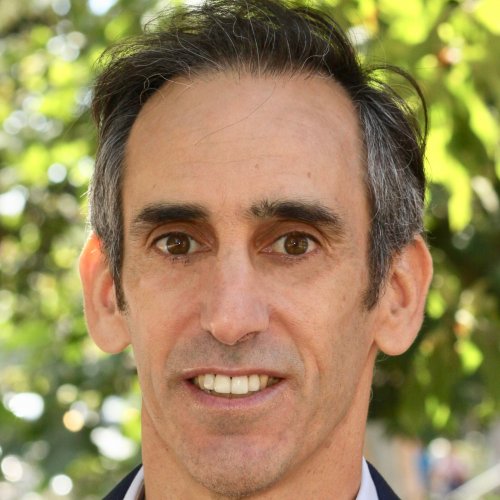
Madhavi Mallapragda
Madhavi Mallapragada is associate professor in the Department of Radio-Television-Film, the College of Communication, at the University of Texas at Austin. She is also a faculty affiliate of UT’s Center for Asian American Studies (CAAS), South Asia Institute (SAI) and the Department of Asian Studies. Dr. Mallapragada’s research and teaching interests lie at the intersections of cultural studies of race and ethnicity in media, Asian Americans in/and media, online cultures, immigration and transnationalism, and media industries.
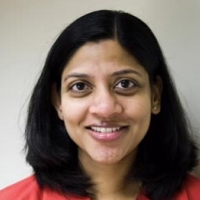
Angela Xiao Wu
Angela Xiao Wu is an Assistant Professor at the Department of Media, Culture, and Communication at New York University. Trained in media and communication, but drawing much from science and technology studies, cultural sociology, and political science, Wu investigates the connections between media technologies, knowledge production, and politics.
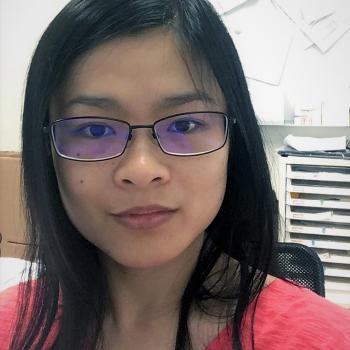
Jessica Retis
Her areas of research include Latin America, international migration, diasporas and transnational communities; cultural industries; ethnic media; diversity and the media; Latino media in Europe, North America and Asia; bilingual journalism, journalism studies, and journalism education.
- Narratives of Migration, Relocation and Belonging: Latin Americans in London (2020)
- Migrations and the Media between Asia and Latin America: Japanese-Brazilians in Tokyo and São Paulo (2019)
- Hashtag Jóvenes Latinos: Challenges and opportunities of teaching civic advocacy journalism in ‘glocal’ contexts (2018)

Film & Video
The Effects of Social Media on Relationships | Mayurakshi Ghosal | TEDxYouth@DAA (2019)
Mayurakshi Ghosal, a sophomore at DAA, explains to her fellow high school students the significance of building deep and meaningful relationships, characterized by a sense of trust, understanding and connection. She helps her audience recognize a fake relationship that is often built due to the over dependence on social media apps like Snapchat and Instagram and lists simple and easy-to-follow steps to turn those fake relationships into meaningful ones.
In The Remote Amazon, Hunting For Connectivity (2014)
This short documentary chronicles a remote Peruvian village’s complicated path to getting connected to the outside world.
Source: New York Times
The Digital Divide, Explained (2020)
Summary: It’s estimated that in the U.S. today, there are approximately 42 million people without a reliable internet connection. Geographic challenges play a role, but economic factors are just as crucial.
America’s digital divide has never been more apparent than it has in the face of COVID-19, as more individuals work remotely and children attend classes from home.
Until the digital divide is closed, the unconnected will remain particularly vulnerable in times of crisis. Should internet access be a basic human right?
Source: FreeThink Channel
Why Some Americans Don’t Have Internet Access | AJ+ (2020)
Ten percent of people in the U.S. don’t have broadband internet, and the number is much higher among rural communities and the urban poor. High-speed internet is quickly becoming an essential part of modern-day society. But getting online is still a struggle for millions in the U.S. Should broadband internet be considered a utility, like electricity or water?
Source: AJ+
Is The Internet A Right Or A Privilege? (2016)
In 2016, the UN defined internet access as a human right, but some see it more as a privilege. So should internet access be a human right?
Source: Now This | World
Inside the Daily Life of a Live Streaming Star in China | Op-Docs (2021)
In China, live streaming services command an audience of nearly 560 million, with streamers broadcasting to devoted followers who tune in every night. Successful live streamers can earn thousands of dollars each month in direct donations from fans, and those at the very top earn millions from brand sponsorships and major contracts. In the short documentary above, we enter two agencies that scout promising newcomers and mold them into high-earning stars. But what’s it like working for a company that engineers every aspect of your life — and then requires you to livestream it all day?
Source: The New York Times
Books & Articles
The Digital Divide Is About Much More Than Access (2017)
A new survey of low- and moderate-income families shows that 94 percent of them have Internet access, but many say it’s slow and unreliable. By Rick Paulas Source: Pacific StandardFeminist Activism & Digital Networks: Between Empowerment & Vulnerability (2016)
This book sheds new light on the way that, in the last decade, digital technologies have become inextricably linked to culture, economy and politics and how they have transformed feminist and queer activism. This exciting text critically analyses the contradictions, tensions and often-paradoxical aspects that characterize such politics, both in relation to identity and to activist practice. Aristea Fotopoulou examines how activists make claims about rights online, and how they negotiate access, connectivity, openness and visibility in digital networks.
By Aristea Fotopoulou
Expect Us: Online Communities and Political Mobilization (2014)
‘Expect Us’ focuses on four online communities – Anonymous (4chan.org), The Pirate Bay, World of Warcraft, and the IGN.com posting boards. In all of these members engaged deeply with political issues in a range of ways. However, only two of the communities mobilised politically. If political behaviour occurred on all four communities, why did only two of these sites foster political mobilisation among their participants? Using ethnographic methods, Beyer argues that key structural features about the birthplaces of the four communities shaped the type of political behaviour that emerged from each.
By Jessica L. Beyer

